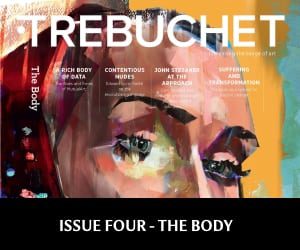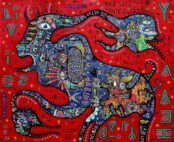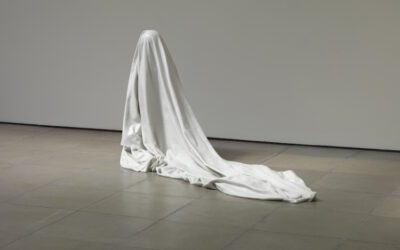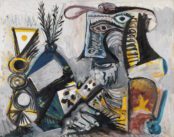[dropcap style=”font-size:100px; color:#992211;”]G[/dropcap]lass, a metaphor for a membrane; impermeable, yet penetrable by the eye.
Katharine Dowson’s work aims to show us the hidden beauty within our bodies. Informed by scientific discovery into dyslexia, HIV and cancer, her detailed sculptures and installations allow the viewer to enter the body. Confronting aspects of ourselves as permeable biological, questioning the overlaid psychological frames through which we picture ourselves.
Her work is owned by Charles Saatchi and features prominently in the collections of the Arts Council, the Wellcome Trust and the Bill and Melinda Gates Foundation.
Dowson has spent more than 20 years investigating the intersections between science, psychology and art. Speaking to Trebuchet, we asked whether all scientific advances are necessarily positive.
How do you define the body?
It’s a hidden side of life. I’m fascinated by the internal workings of the body, and I see my body as a landscape within that. I’m always talking about the hidden side of life that is there but remains invisible unless a third party or catalyst comes into play, like science. As often as not, I link the body to other natural forms and organisms because we’re all interlinked. So the viscera often looks like rocks. There are wonderful photographs of coral reefs and they look like internal photographs of the body, for instance inside the lungs. It’s a matter of perception.
If you tell people it’s a coral reef when they’re looking at lungs they’ll react positively but if you say actually it’s lungs, or internal organs, they go “Urgh!” For me the internal body is really stunning. Beautiful. For me that’s what the body is.
The psychology of the body and the mind is also important. Most of us only start thinking about anatomy or our bodies—unless you’re an athlete—when something goes wrong. In general, our body continues doing what it does. Women are more sensitive to their bodies because they change in a very marked way during puberty and also once a month. This is why we are frightened of hospitals, or dentists, because we are suddenly out of our comfort zones. We are very vulnerable beings,however much we’d like to think we aren’t.
What have people’s reactions been to your work?
A lot of the time people think it’s very beautiful or…
Read this article in full in Trebuchet 4 – The Body

The aim of art is to represent not the outward appearance of things, but their inward significance. – Aristotle





















![L'Esprit comique [Der komische Geist], René Magritte, 1928. Courtesy Sammlung Ulla und Heiner Pietzsch, Berlin © 2025, ProLitteris, Zurich Photo Credit: Jochen Littkemann, Berlin](https://b276103.smushcdn.com/276103/wp-content/uploads/2025/07/ew11_0098489_2025-05-12_web-140x174.jpg?lossy=1&strip=0&webp=1)

